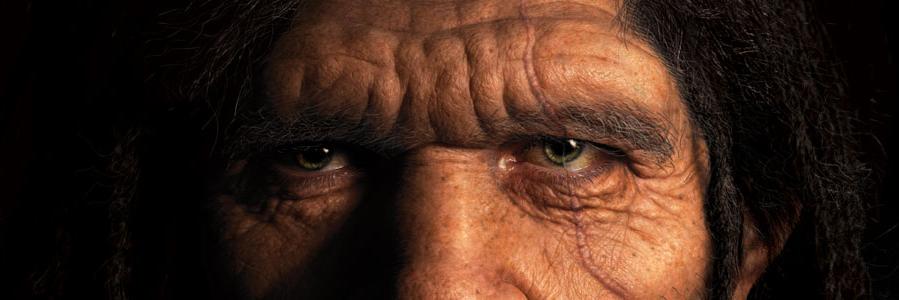
PaleoAnthropology+
@Qafzeh
Human Origins, Hominin Fossils, Biological Anthropology #Evolution #Fossils #HumanEvolution #Science https://bsky.app/profile/qafzeh.bsky.social
It's been a couple of years since the 130,000-year-old Nesher Ramla fossils were made public. Existing long before the major dispersal of modern humans from Africa, it isn't easy to classify them either as an early modern or Neanderthal group. johnhawks.net/p/nesher-ramla…
The impact of human dispersals and local interactions on the genetic diversity of coastal Papua New Guinea over the past 2,500 years | Nature Ecology & Evolution nature.com/articles/s4155…
El estudio del genoma de 1537 individuos de 139 grupos étnicos permite narrar una historia de la migración humana del norte asiático hasta Sudamérica: From North Asia to South America: Tracing the longest human migration through genomic sequencing science.org/doi/10.1126/sc…
Ancient humans and other animals ranged across the exposed areas of the continental shelf. Archaeologists know that these were some of the most productive homelands for our ancestors. Their secrets lie locked beneath the waves. johnhawks.net/p/more-hominin…
Estudio del ADN sedimentario antiguo de la secuencia estratigráfica de El Mirón desde Musteriense final al Magdaleniense inicial. A sedimentary ancient DNA perspective on human and carnivore persistence through the Late Pleistocene in El Mirón Cave, Spain nature.com/articles/s4146…
The technology of the earliest European cave paintings: El Castillo Cave, Spain doi.org/10.1016/j.jas.…
New work on fossils and trace evidence of hominin behavior from reclaimed land off the island of Java. The vast Sunda Shelf was home to massive populations of which today we have only small hints. So happy for the many people who shaped this research!
Una interpretación de la cabeza de Australopithecus anamensis wp.me/p4Bi9E-2uI
#FossilFriday Qafzeh 9 skull. Right side of the frontal bone with notable bone changes above the orbital region. From Coutinho-Nogueira, Coqueugniot & Tillier (2025) doi.org/10.1002/ajpa.7…
Isturitz - mandible. 𝘏𝘰𝘮𝘰 𝘴𝘢𝘱𝘪𝘦𝘯𝘴. Upper Palaeolithic. Magdalenian. France #FossilFriday Courtesy of Institut de Paléontologie Humaine (IPH), Paris. @ERC_Research @FECYT_Ciencia @CENIEH
May 21 2025 10h30: International seminar @palevoprim Maria Boada (Ph.D. Student @iphes) "Sima del Elefante: Evidence of the first settlement in Europe" palevoprim.labo.univ-poitiers.fr/wp-content/upl… @CNRSecologie
The Schöningen new dating results (to 200,000 years) are interesting. When evidence gets to a critical mass, it's striking how little difference it makes for one site to be a bit older or younger. Ancient wood was the center of early technology. johnhawks.net/p/four-stone-a…
Were there #giants in the past? The Berg Aukus femur from #Namibia is undated, but highly fossilized. It comes from deep within a mine in the northern part of the country and is thought to be several hundreds of thousands of years old. It is among the largest fossil bones of a…
Sometimes the variation in #hominids is extraordinary. Take these two mandibles from #Sterkfontein. Do they represent a male and a female? Or is it just normal size variation? Or are they in fact two different species that share similar tooth morphology? So many questions from…
Orígenes de la caza colectiva: nuevos hallazgos en Schöningen wp.me/p4Bi9E-4qv
Revised age for Schöningen hunting spears indicates intensification of Neanderthal cooperative behavior around 200,000 years ago | Science Advances science.org/doi/10.1126/sc…
El resto humano más antiguo de Eurasia fuera de Dmanisi (Esp & Eng) Eurasia's oldest human remains outside Dmanisi wp.me/p4Bi9E-2AJ
One of my favorite things about the ancient DNA landscape of Neanderthal and Denisovan research is how it is normalizing the recognition of variability and diversity in these groups. One of my frustrations is the misconception of long, static isolation. johnhawks.net/p/surprising-d…